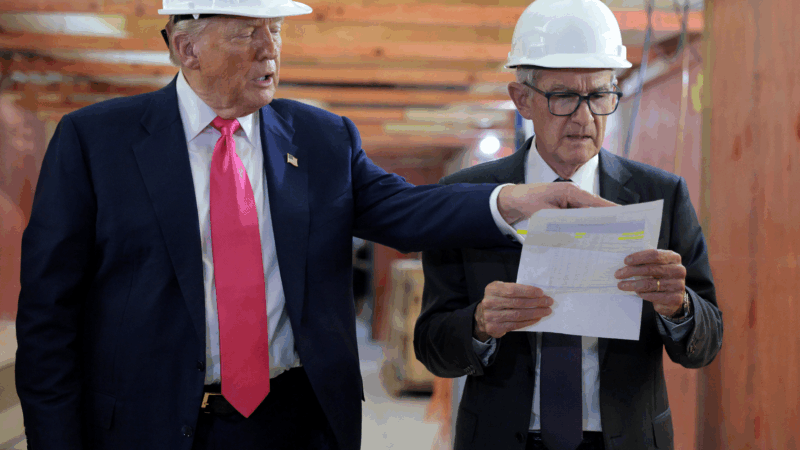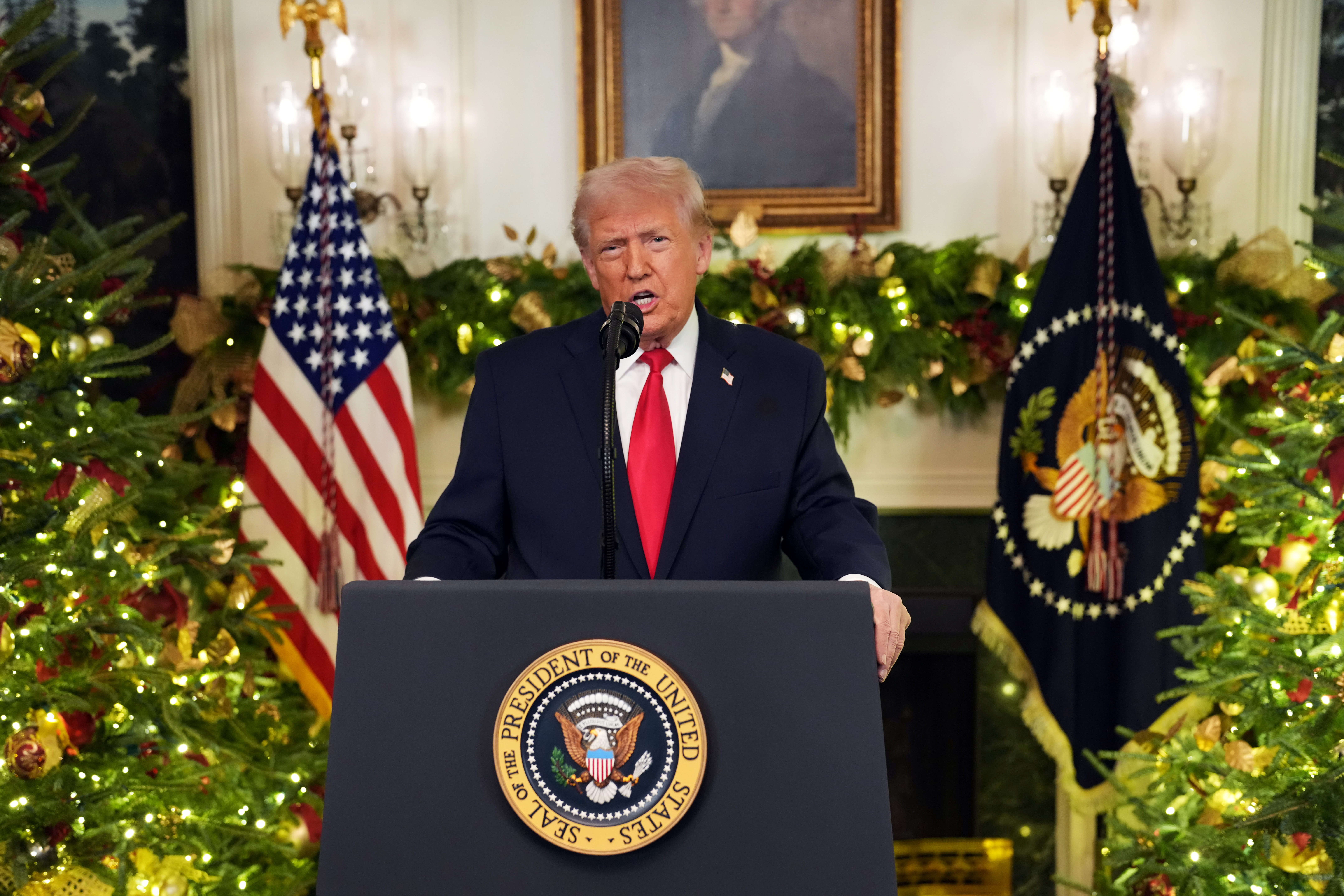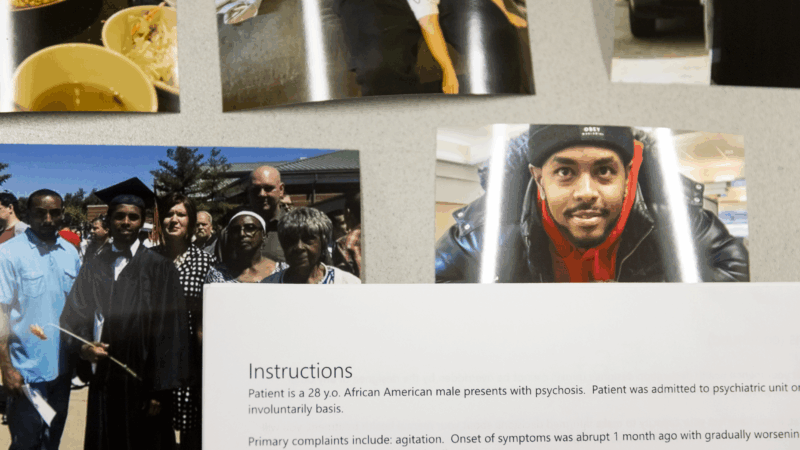The Fed is likely to hold interest rates steady despite intense pressure from Trump
The Federal Reserve is expected to hold interest rates steady on Wednesday despite intense pressure from President Trump to cut borrowing costs.
Investors are almost certain the central bank will keep its benchmark rate between 4.25% and 4.5%, according to the CME Group’s tracking of futures markets. But investors are optimistic that a rate cut could be in store at the Fed’s next meeting, in September.
Trump has repeatedly criticized Federal Reserve Chair Jerome Powell and his colleagues for not moving more aggressively to lower rates, even assigning the nickname “Too Late” to Powell. The White House has also complained about cost overruns on the $2.5 billion renovation of two Fed office buildings in Washington. Last week, Trump and Powell sparred verbally during a tour of the project when the president claimed the price tag was over $3 billion. Powell corrected Trump, saying that figure included a third building that was completed earlier.
Since cutting rates by a full percentage point last year, the Fed has been in a holding pattern, as policymakers wait to see how the president’s new tariffs and other initiatives affect the broader economy.
Powell insists the personal attacks haven’t affected his decision-making.
“I’m very focused on just doing my job,” the Fed chair said at a central bankers’ meeting in Portugal this month.
“I have a little more than 10 months left on my term as chair,” said Powell, whose term expires in May. “I want to hand over to my successor an economy in good shape.”
Some argue for rate cuts
Inflation is still above the Fed’s 2% target — and economists worry that Trump’s tariffs could push prices higher. Consumer prices in June were up 2.7% from a year ago — a larger annual increase than the previous month.
At the same time, unemployment remains low, putting little pressure on the Fed to cut borrowing costs right away. The Labor Department is set to report on July’s job gains on Friday.
Still, some Fed officials are advocating a rate cut now.
Fed governor Chris Waller says that while Trump’s tariffs may cause a one-time increase in prices, they’re not likely to be a persistent driver of inflation. Waller also worries that the job market may be weaker than the low 4.1% unemployment rate would indicate.
“We should not wait until the labor market deteriorates before we cut,” Waller said this month in New York.
Fed governor Michelle Bowman has also said she’s open to cutting rates at this month’s meeting. Other members of the Fed’s rate-setting committee want to take more time, but most believe rate cuts could be appropriate later this year, according to minutes of the most recent Fed meeting, in June.
How President Trump reshaped capitalism in 2025
His policies are picking winners and losers — and blurring the lines between business and government.
The DOGE mindset is still central to the Trump administration’s agenda as 2025 ends
The Department of Government Efficiency effort was one of the most consequential and controversial – if not entirely successful – changes the Trump administration made in 2025.
How systemic failures turn state mental hospitals into prisons
The share of people with severe mental illness in state psychiatric hospitals accused of serious crimes has risen steeply. The shift has all but halted the possibility of care before a catastrophic crisis.
Here are some of the NPR stories that had a big impact in 2025
A sampling of the stories NPR staff believe made some of the deepest ripples this year — reminders of what rigorous, compassionate journalism can do, and why the work remains as urgent as ever.
Can Americans learn to love tiny, cheap kei cars?
President Trump recently embraced kei cars, tiny vehicles that are popular in Asia but hard to get in the U.S. Kei car enthusiasts are delighted — but doubt whether much will change.
A prickly Ralph Fiennes uplifts a town through music during WWI in ‘The Choral’
A northern English town loses its best choral singers to fighting in World War I but finds new hope in a time of loss through music in Nicholas Hytner's new film "The Choral," featuring Ralph Fiennes.









